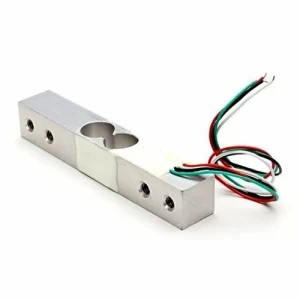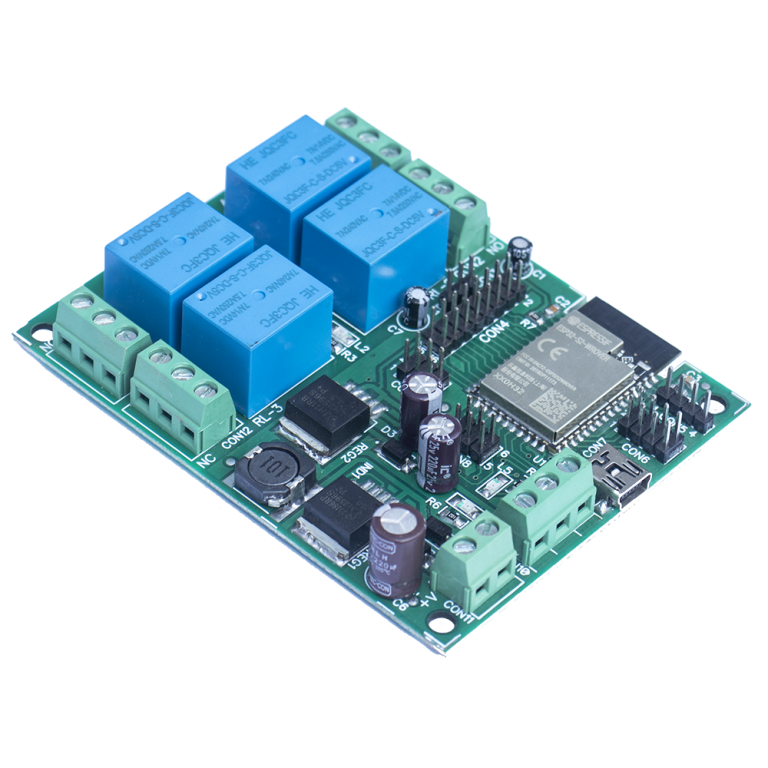Advantages of Using Arduino in DIY Projects
Why Choose Arduino for DIY Projects?
Arduino stands as a preferred choice for both beginners and seasoned makers in the realm of DIY projects. Let’s delve into the key advantages it offers:
1. Easy to Learn and Use
Arduino is intentionally designed to be beginner-friendly, allowing individuals with minimal programming knowledge to learn and use it effectively.
2. Low Cost
Affordability is a significant advantage, making Arduino accessible to hobbyists and students who may have budget constraints.
3. Vast Community and Resources
The platform boasts a large and active community, comprising makers, students, artists, and professionals. This community contributes to a wealth of accessible knowledge and resources, catering to both novices and experts.
4. Flexibility and Versatility
Arduino’s flexibility spans a wide range of applications, from everyday objects to intricate scientific instruments, IoT, wearable technology, 3D printing, and more.
5. Open Source
Being an open-source platform, Arduino provides access to both hardware and software tools. This openness allows for the development of custom projects using freely available evaluation hardware.
6. Support for Multiple Libraries
Arduino supports multiple libraries, simplifying the interfacing with various electronic components and enabling the creation of diverse automatic and robotic devices.
7. Cross-Platform Compatibility
The Arduino software is compatible with Mac, Windows, and Linux, providing users with flexibility across different operating systems.
8. Use in Home Automation and Household Projects
Arduino finds practical applications in home automation hacks and DIY household projects, offering solutions to everyday problems.
While Arduino boasts numerous advantages, it’s crucial to acknowledge its limitations, such as potential constraints in memory storage, making it less suitable for large-scale industrial projects.
Now, let us see what kind of Arduino boards are available.
Types of Arduino Boards
Arduino offers a diverse range of boards, each tailored to different applications and user requirements. Let’s explore some notable types:
1. Arduino UNO (R3)
One of the most popular and widely used Arduino boards, the UNO features a simple design, ease of use, and compatibility with a variety of shields and modules.
2. Arduino Mega (R3)
Known for its expanded capabilities, the Arduino Mega comes equipped with more digital and analog pins compared to the UNO. This makes it suitable for complex projects requiring a large number of inputs and outputs.
3. Arduino Leonardo
This board is unique due to its built-in USB communication, enabling it to emulate a computer keyboard or mouse. It’s ideal for projects requiring keyboard or mouse input.
4. Arduino Nano
The Nano, with its compact and breadboard-friendly design, is perfect for projects with space constraints. It offers similar functionalities to the UNO in a smaller form factor.
5. Arduino LilyPad
Designed for wearable electronics and e-textiles, the LilyPad is sewable and washable. This makes it suitable for integrating electronics into clothing and fabric-based projects.
6. Arduino IoT Boards
Arduino offers IoT-specific boards with built-in WiFi modules, such as the Arduino WiFi, tailored for Internet of Things applications and data communication over the internet.
7. Enhanced Boards
Arduino provides enhanced boards with advanced features, like the MKR family, including boards like Arduino Nano 33 IoT, Arduino Nano RP2040 Connect, and Arduino Nano 33 BLE Sense. These are designed for specific applications and advanced functionalities.
These boards cater to a wide spectrum of applications, from basic prototyping to advanced IoT and wearable projects. Users have the flexibility to choose the most suitable board for their specific needs.
In conclusion, Arduino’s user-friendly interface, cost-effectiveness, robust community support, and versatility make it an excellent choice for individuals venturing into DIY projects, exploring electronics, and prototyping innovative ideas.
You may also like:
What are the differences between Arduino Uno, Mega, and Nano boards?
How much does home automation cost ?


















